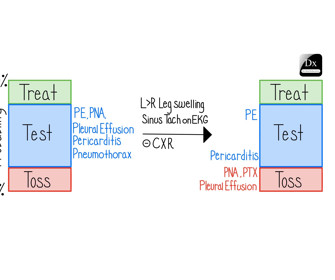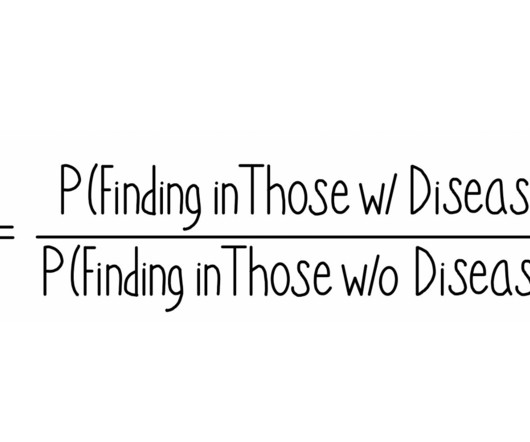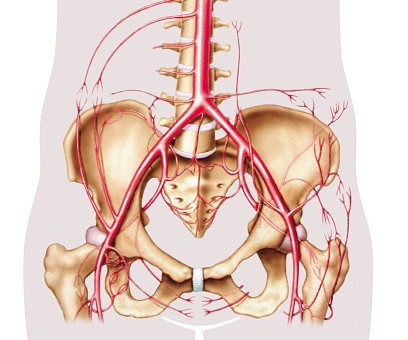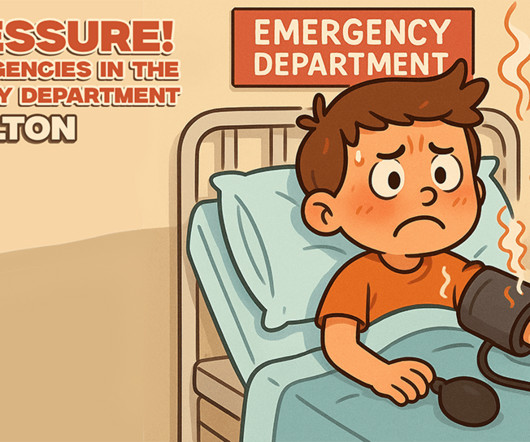Approach to steatotic liver disease in the office: Diagnosis, management, and proposed nomenclature
Canadian Family Physician
APRIL 14, 2025
Objective To provide an update on the most recent developments regarding diagnosis and outcomes of steatotic liver disease (SLD), review new nomenclature applied to SLD, and provide an approach to the diagnosis and management of SLD. Diagnosis relies on noninvasive tests.




















Let's personalize your content